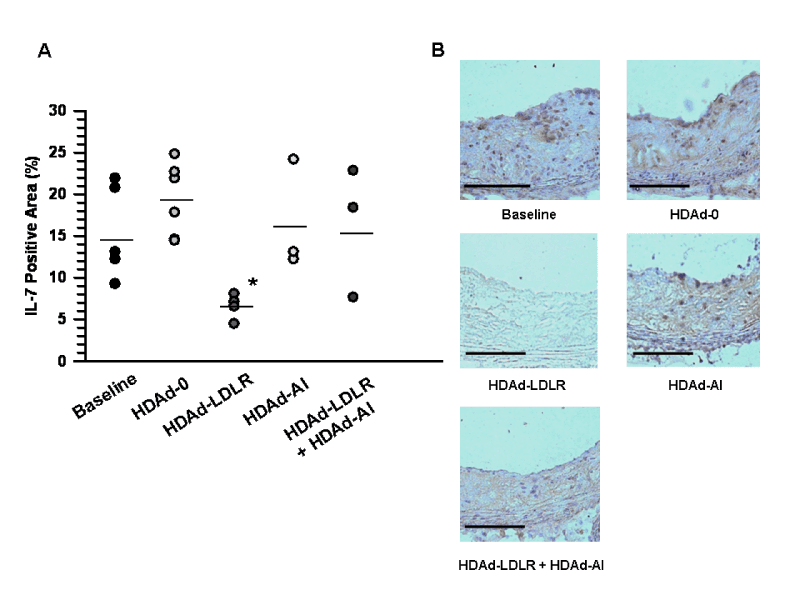Our Group organises 3000+ Global Conferenceseries Events every year across USA, Europe & Asia with support from 1000 more scientific societies and Publishes 700+ Open Access Journals which contains over 50000 eminent personalities, reputed scientists as editorial board members.
A reduction in low density lipoprotein (LDL) cholesterol or an increase in high density lipoprotein (HDL) cholesterol can reduce the risk of development of atherosclerosis through overlapping, or independent mechanisms. However, the clinical outcome of combined therapy remains in debate. In this study, we first characterized effects of various constructs of helper-dependent adenoviral vector (HDAd) expressing apolipoprotein E3 or LDL receptor (LDLR) in vivo on plasma cholesterol levels. Using this information, we designed experiments and compared the effects of long-term (28 weeks) LDL cholesterol lowering or raising HDL cholesterol, or a combination of both on advanced atherosclerosis in Ldlr?/?mice, a mouse model of familial hypercholesterolemia. Our major findings are: (i) various factors influence in vivo functional activity, which appear to be context dependent; (ii) apolipoprotein AI (APOAI) gene transfer, which raises HDL cholesterol, retards progression of atherosclerosis but does not induce regression; (iii) LDLR or LDLR and APOAI combination gene therapy induces lesion regression; however, LDLR gene transfer accounts for the majority of the effects of combined gene therapy; (iv) LDLR gene therapy reduces interleukin-7, which is a master regulator of T-cell homeostasis, but APOAI gene therapy does not. These results indicate that LDL cholesterol lowering is effective and sufficient in protection against atherosclerosis and induction of regression of pre-existing atherosclerosis.
